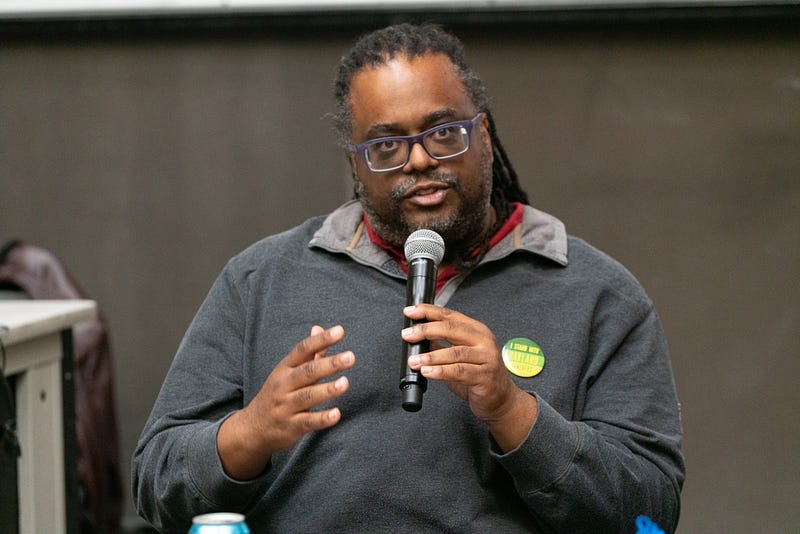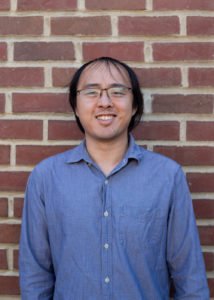
by Michelle Snider
A debate against private charter schools and the closure of public schools intensified in the Oakland Unified School District (OUSD) this week, as teachers strike for better wages and more resources for their students.
The Oakland teachers’ strike began on Feb. 21 and continues a trend that has seen teachers striking in Los Angeles, Denver, Colorado, West Virginia, Kentucky, and Oklahoma within the last 12 months.
“The Schools Oakland Deserves” forum at Laney College on Feb. 12 was sponsored by the Peralta Federation of Teachers (PFT) as a part of Black History Month. Guest speakers included Laney psychology teacher and PFT member Kimberly King, 2018 Oakland School Board candidate Clarissa Doutherd, and President of Oakland Education Association (OEA) Keith Brown, as well as parents of children from Roots International Academy and Laurel Elementary School.
An estimated 24 public schools are set to close in Oakland over the next five years, according to The East Bay Times. The school closures are Oakland Unified School District’s attempt to get the district back to fiscal solvency during its budget crisis. OUSD has already voted to close Roots International Academy.
The forum kicked off with an overview of a crisis in public education, King described a thinly stretched school system sharing public funds with privately-owned charter schools, which are currently displacing public schools.
Most of the schools set to close in Oakland are in the “valley flatlands,” like east Oakland. Where students are expected to attend school after the closures is unclear. King said charter schools are given the right to take over public schools that are under-performing.
“This is not about what the kids and families in the flatlands of Oakland need,” King said. “This is a real estate deal that will benefit real estate developers who want to restructure Oakland schools to make real estate more desirable to developers who can profit from the new Oaklanders who are moving in.”
With more schools open in one community, available funding must stretch to cover the costs of all the schools in a given district.
“A nurse has to be in each school, so that’s additional funds for five schools versus two,” King said.
As public schools become overcrowded, the success rate is lowered because there are not enough teachers to pay attention to each student. When the school fails in bringing up test scores while struggling with resources, that school is closed.
“The public schools are forced to take on more students while charters can be a smaller, more custom size,” King said.
Silvia Ornelas is the parent of a special needs child who was recently moved from Roots Academy. “If Roots is closed, it will affect many kids emotionally,“ she said. “For this to happen to them right in the middle of the school year, when they are trying to figure out who they are, it’s just heartbreaking as a parent.”
Clarissa Doutherd is a Laurel Elementary School parent and a 2018 Oakland School Board Candidate. She ran against Gary Yee, who, according to The East Bay Express, received $87,000 from a pro-charter organization called Great Oakland Public Schools, while Doutherd raised $13,000 through teacher unions such as the OEA.
Former New York City Mayor Michael Bloomberg has donated $4 million to California pro-charter groups and candidates since 2017 according to edsource.org. Bloomberg gave $120,000 to an independent expenditure committee supporting Yee, who ultimately won the race for the District 4 school board position.
Doutherd said she first got involved in the OUSD as a parent-advocate because she had a difficult time enrolling her son in pre-school. When she looked into the resources within OUSD on how children can be enrolled in preschool, she said there was no process.
Doutherd said she talked to school board members, who had no idea how to go about enrolling a child in preschool, and, she added, they didn’t even know where pre-school was on their budget.
“Where our district had left gaps in the system, whether it was intentional or not, private interests were going to come in and fill in those gaps under the guise of helping our communities,” Doutherd said.
OEA President Brown grew up in Oakland during the 1980s and went to public schools. When he was an elementary school student, he said, there were nurses, counselors, a speech pathologist and librarians. These days, there may be one counselor at each school, and they are probably over-extended with too many students.
Brown talked about hundreds of students walking out of class on Feb. 1 with one demand-an investment in student supports.
“In 2019, students wanted the same things that we had in the 80s,” Brown said.
Smaller class sizes are needed for public schools, he said, and students want Oakland educators to have a living wage. They also don’t want to see their neighborhood schools closed.
“The demands of the students are the same demands as the teachers, and our contract demands are the same as the community,” Brown said. “In our community in Oakland, we want investment in our public school system.”


























